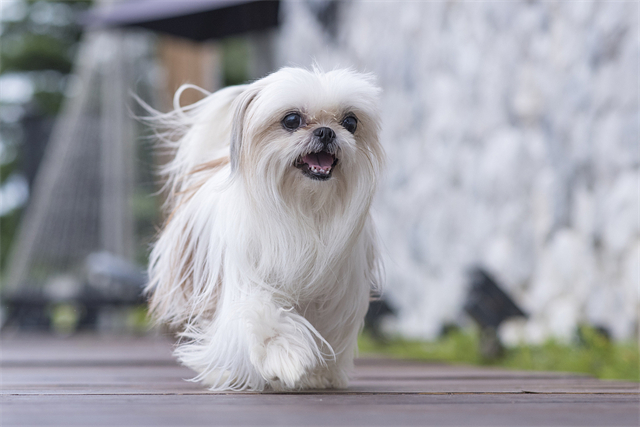Pekingese dogs, with their regal charm and compact size, require a carefully balanced diet to maintain their energy, coat health, and overall well-being. This breed is prone to obesity, dental issues, and respiratory sensitivities, making tailored nutrition essential. Below is a step-by-step guide to creating a diet plan that meets their unique needs.
 Article source:https://www.petwoah.com/pet Site-https://www.petwoah.com/836.html
Article source:https://www.petwoah.com/pet Site-https://www.petwoah.com/836.html
1. Understanding Pekingese Nutritional Needs
Calorie Control: Adult Pekingese (8–14 lbs) need 250–400 calories/day, depending on activity level. Use a calorie calculator to avoid overfeeding.Article source:https://www.petwoah.com/Pet Site-https://www.petwoah.com/836.html
Protein-Rich Foods: Opt for high-quality animal protein (25–30% of diet) like chicken, turkey, or salmon to support muscle health.Article source:https://www.petwoah.com/Pet Site-https://www.petwoah.com/836.html
Joint Support: Include glucosamine and omega-3 fatty acids (e.g., fish oil) to protect their delicate joints.Article source:https://www.petwoah.com/Pet Site-https://www.petwoah.com/836.html
Small Kibble Size: Choose kibble designed for small breeds to ease chewing and digestion.Article source:https://www.petwoah.com/Pet Site-https://www.petwoah.com/836.html
2. Daily Feeding Schedule
Split meals into 2–3 portions to prevent bloating and stabilize energy:Article source:https://www.petwoah.com/Pet Site-https://www.petwoah.com/836.html
- Puppies (2–6 months): 4 small meals/day with puppy-formulated kibble.
- Adults: 2 meals/day (morning and evening).
- Seniors (7+ years): Switch to senior dog food with added fiber and reduced calories.
Portion Example:Article source:https://www.petwoah.com/Pet Site-https://www.petwoah.com/836.html
- 1/3 cup high-quality kibble + 1 tbsp lean protein (boiled chicken) + 1 tsp steamed veggies (carrots, green beans).
3. Safe & Healthy Treats
Limit treats to 10% of daily calories. Recommended options:Article source:https://www.petwoah.com/Pet Site-https://www.petwoah.com/836.html
- Blueberries (rich in antioxidants)
- Dehydrated sweet potato bites
- Dental chews for small breeds
Avoid grapes, chocolate, onions, and high-sodium snacks.Article source:https://www.petwoah.com/Pet Site-https://www.petwoah.com/836.html
4. Foods to Avoid
Pekingese are sensitive to:Article source:https://www.petwoah.com/Pet Site-https://www.petwoah.com/836.html
- High-fat foods (risks pancreatitis)
- Artificial additives (linked to allergies)
- Hard treats (dental fracture risk)
5. Hydration & Supplements
Always provide fresh water in a shallow bowl (their flat faces make drinking challenging).
Consider vet-approved supplements:
- Probiotics for gut health
- Omega-3 for a shiny coat
- Vitamin E for immune support
6. Weight Management Tips
- Weigh your Pekingese monthly. A healthy waistline should be visible when viewed from above.
- Use puzzle feeders to slow eating and stimulate mental health.
- Increase low-impact exercise (short walks, indoor play) to prevent joint strain.
Final Thoughts
A balanced diet is key to helping your Pekingese live a long, vibrant life. Always consult your vet before making dietary changes, especially if your dog has preexisting conditions. Pair nutrition with regular grooming and check-ups to address breed-specific health risks proactively.
Pro Tip: Bookmark this guide and share it with fellow Pekingese owners to spread the love for this ancient, loyal breed!

